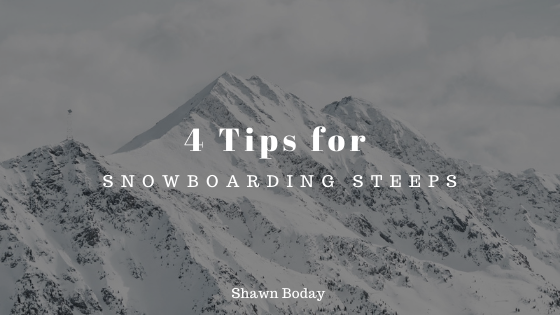Your love for snowboarding takes you to some amazing places to test your skills, and you are certain to come across steep terrain. Known as steeps, these locations challenge you in many ways, from your balance and control to how you move through the snow. The essential points to remember is that steeps add new elements that deserve special attention. You can easily find yourself in trouble if you go too fast, lose focus and situational awareness, and feel tense. Keeping control of your mind and body ensures that you safely enjoy steeps as much as other places that you snowboard. Here are four tips for snowboarding on steeps.
Stay Relaxed
Whether you feel intimidated or exhilarated, steeps bring about emotions that create unique challenges for inexperienced snowboarders. When you are first starting out with steeps or snowboarding in a new place. always stay relaxed mentally and physically. The angles of the terrain will exaggerate any tension in your body, and you have to stay focused. Be sure to carefully manage pressure on turns. Keep your movements consistent, strong, and smooth. Keeping your body flexible is most important when you are turning on steeps. This is the most likely time that things can spiral out of control very quickly.
Use a Low Edge Angle
Even short skidded turns on steeps require some adjustments to your technique. Another tip for snowboarding steeps is that you want to use a low edge angle. The natural slope of the terrain will cause the edge angle to increase. In a way, steeps take over part of your turns that you would normally have to control on your own on flatter terrain.
Use Your Lower Body
Your lower body movements are essential on steeps in snowboarding. Use your lower body to create a strong rotation while your upper body is used for steering and preparing for the turn.
Longitudinal Movements
When you want to begin a turn and change the edge on your snowboard, you will use longitudinal movement. In order to maximize the edge hold, move pressure back to the center of your board while maintaining control to the end of the rotation. You also want to look across the steep rather than down. You will find that you can more easily control the board and your path down the steep.

